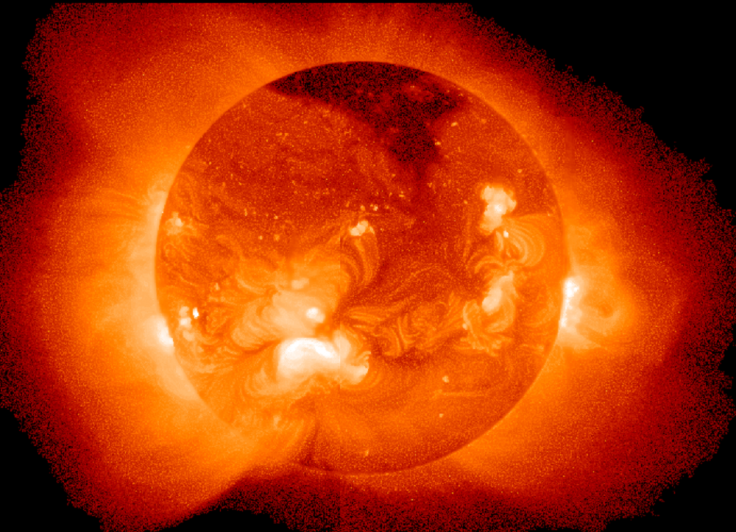For decades, scientists have proposed a potential alternative to nuclear fission power, a fusion reactor. It can theoretically generate more power than the Sun. While we are still years behind in achieving a working fusion reactor that can meet energy needs, some countries are making significant developments. South Korea is one of them. The Korea Superconducting Tokamak Advanced Research (KSTAR) has just created a new world record in its fusion power technology.
KSTAR's artificial sun — still not a fully working nuclear fusion reactor — was able to maintain continuous plasma operation for 20 seconds with the ion temperature at over 100 million degrees Celsius. The research which is being conducted jointly by the Korea Institute of Fusion Energy (KFE), Seoul National University (SNU) and Columbia University (US) achieved the incredible feat on November 24.

While other research centers have been able to produce such enormous temperatures — 100 million degrees or higher — their devices could not sustain the plasma temperature for over 10 seconds. This is the first time that a device has been able to break the barrier.
"The technologies required for long operations of 100 million-plasma are the key to the realization of fusion energy, and the KSTAR's success in maintaining the high-temperature plasma for 20 seconds will be an important turning point in the race for securing the technologies for the long high-performance plasma operation," Si Woo Yoon, KSTAR's director said.
Why Is It Important?
When two or more atomic nuclei come close for a longer duration, the light atoms fuse together to create a heavier nucleus. In the process, it releases energy. The birth of a star also undergoes a similar process while the Sun generates its energy by nuclear fusion, turning hydrogen nuclei into helium. Scientists believe if they can sustain the energy burst for a longer duration, it can solve all our energy needs. However, so far, the challenge has been to maintain a high temperature for a longer duration. In contrast, in nuclear fission — a method that is used in nuclear power plants — heavy nucleus splits, releasing energy.

Achieving such a high temperature and sustaining it is "a critical component of a commercial nuclear fusion reactor in the future". But it comes with technological limitations. KSTAR previously (2018) managed to achieve a plasma ion temperature of 100 million degrees for only about 1.5 seconds.
The theoretical operational limit of Tokamak (toroidalnaia kameras magnitnymi katushkami or toroidal chamber with magnetic coils) devices is 100 million degrees. Hence, operating for more than the limit has been a hurdle. Such monstrous temperature is needed to separate individual ions and electrons from hydrogen isotopes that creates the energy.
How Did They Achieve That?
To achieve that feat, the scientists had to make changes in the plasma operation modes. KSTAR improved Internal Transport Barrier's (ITB) performance as the ITB is responsible for sustaining the high temperature in plasma operation.
Yong Su Na, a professor at the SNU's Department of Nuclear Engineering said that the feat brought them a step closer to achieving technology for nuclear fusion energy that can be game-changing. "The success of the KSTAR experiment in the long, high-temperature operation by overcoming some drawbacks of the ITB modes brings us a step closer to the development of technologies for the realization of nuclear fusion energy," he said.
After improving the performance of the Tokamak device, it first began operating in August 2020. From that to December 10, scientists had planned a total of 110 plasma tests including high-performance plasma operation and disruption mitigation experiments. In the future, KSTAR aims to operate the device at over 100 million degrees and a continuous operation of 300 seconds or more. They have set the goal of hitting the target by 2025.









